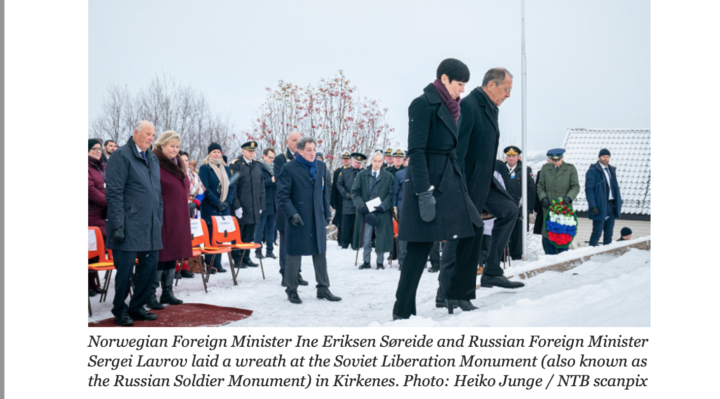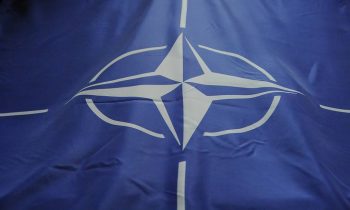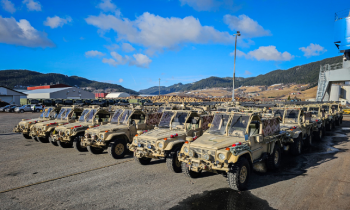Norway was celebrating Veterans – and Liberation Day as usual on May 8, it was liberated from Nazi German occupation with the help of the former Soviet Union’s Red Army.
The Liberation of Finnmark was a military operation, lasting from 23 October 1944 until 26 April 1945, in which Soviet and Norwegian forces wrested away control of Finnmark, the northernmost county of Norway, from Germany. It started with a Soviet offensive that liberated Kirkenes.

In 2023, One of the Historical Mistakes That many Change the Norway and Russia relationship Forever – Norway has transferred another 10,000 155 mm artillery shells to Ukraine.
Details: The artillery shells can be used in several types of artillery weapons, including the M109 self-propelled howitzers that Western governments previously shipped to Ukraine.
“For the security of Europe and Norway, it is important that Ukraine succeeds in resisting Russia’s attack. Ukraine needs international support in the form of military equipment and training of its own forces,” said the country’s Defence Minister Bjørn Arild Gram.
He has stated that Norway will continue to support Ukraine in 2023, and his department will check which weapons for Ukraine’s Armed Forces should be purchased directly from manufacturers.
Background: Norway allocates 1 billion kroner [approximately US$100 million] to restore the infrastructure of Ukraine after the Russian strikes.
History – During the brief military campaign in Norway in 1940, Kirkenes was far removed from the military actions, and the town was occupied by the German forces in June 1940 without much ado. The situation changed in the summer of 1941, however, when North-Eastern Norway became the staging area for the German assault on the Soviet Union. The target for the German Wehrmacht was the harbour city of Murmansk, just 200 km from the border. However, at Litsaelva – halfway between Kirkenes and Murmansk – the offensive ground to a halt and hardly made any further progress during almost three years of hostilities.
Kirkenes found itself in a very exposed position, and was subjected to constant bombing attacks from the hard-pressed Soviet forces. The air raid sirens sounded more than 1,000 times in Kirkenes, and the town was actually bombed over 300 times.
The worst attack of all took place on 4 July 1944, when 140 houses were left in flames following a comprehensive Soviet assault. Kirkenes became one of the most frequently bombed towns on the European mainland – second only to Valletta on Malta. During the bombing raids people sought safety in Andersgrotta, an air-raid shelter in the centre of the town.
Before the war, the population of the Municipality of South Varanger numbered 7,000. Around half a million German troops fought on the Murmansk front on Soviet, Finnish and Norwegian territory. On the Litsa front, around 200,000 German soldiers were engaged in military action for most of the period. Of these, around 70–100,000 were billeted in the Kirkenes area at any given time. Up to 65,000 Soviet prisoners of war were held in horrific conditions in 60 POW camps in South Varanger.
We all make mistakes from time to time. Luckily, most times when we screw up, the consequences of our mistakes range from trivial to nonexistent. We might feel a bit embarrassed and chagrined at our missteps, but more often than not, life just goes on, and the world neither notices nor cares that we messed up. Most of the time, that is. However, sometimes mistakes – even tiny ones which seem trifling at the time – could end up having huge ramifications. As in altering the course of history or changing the world kind of huge ramifications.



